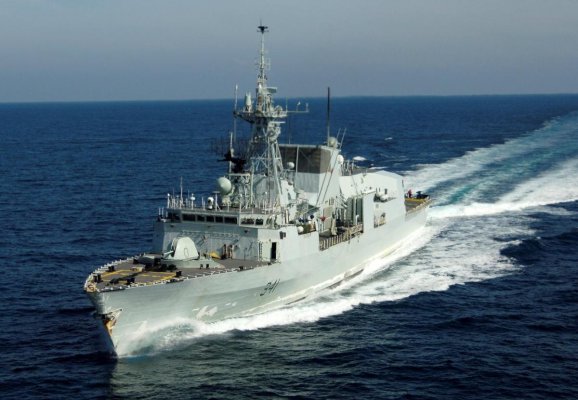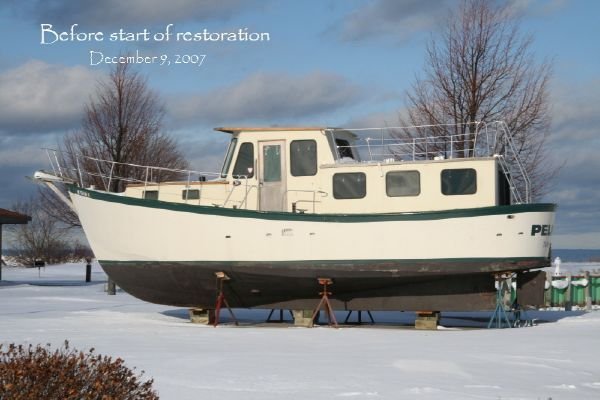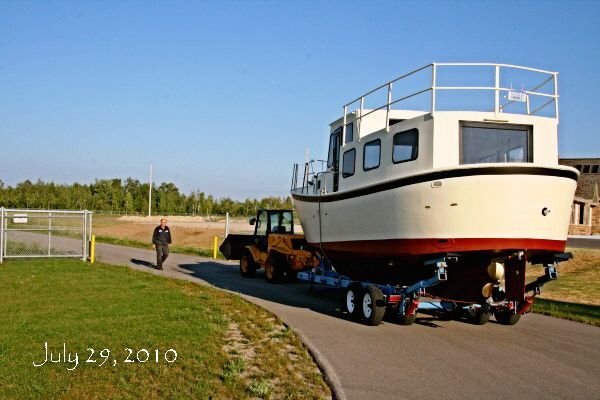psneeld
Guru
I agree psneeld that there are many other factors of design. The reason I chose to use QBBL is that it was discussed on BoatDesign.net and the angle was offered to define the division point for FD to SD. These people know a whole lot more than I do about this. That's what they came up with and general calls can be made. More precise calls can be made w the number of degrees of the angle. But as far as I know the angle was generated within that discussion.
And all are right that the line cannot be actually numerically known or stated as a fact that is unalterable or 100% definitive.
And I believe the QBBL is the best way to make the call. It surely will hold up re most if not all the trawlers on this forum.
When we get through w this I have another design question to launch.
About the only thing I can say about QBBL (and it sure depends on who you think knows what on boatdesign.net)...is that yes the angle is of some importance to displacement efficiency...but by NO means is a big factor in displacement determination...only efficient displacement design (go back to my barge example)....and again there are other very important factors that weigh into efficiency on displacement boats that equal or exceed QBBL...
The only real acceptance of QBBL as a major player from my research is going in one direction.... in that a larger angle at some point will prevent a boat from attaining decent semi-xxxx performance (whichever one you wish to label it). But you most certainly can have zero QBBL angle and still be designed for full displacement. Which is exactly what many here are trying to say about displacement hulls with lessened QBBL and immersed transoms...they are NOT semi anything to either the NAs that designed them or the people who operate them.
Last edited:









